Brain Stroke Treatment
Delhi by Expert Neurologist Dr. Shishir Pandey

What is a Brain Stroke?
A brain stroke—also known as a brain attack—occurs when the blood supply to a part of the brain is suddenly interrupted or reduced. This deprives brain cells of oxygen and nutrients, leading to damage or even death of brain tissue within minutes.
There are two main types of stroke:
Ischemic Stroke (Most Common)
This happens when a blood clot blocks a blood vessel in the brain, cutting off circulation. It accounts for nearly 80% of all strokes.
Hemorrhagic Stroke
If a blood vessel in the brain bursts, it leads to internal bleeding in the brain. This is called a brain hemorrhage.
Both types of strokes are serious and require immediate medical attention.
Time is very important in treating a brain stroke.
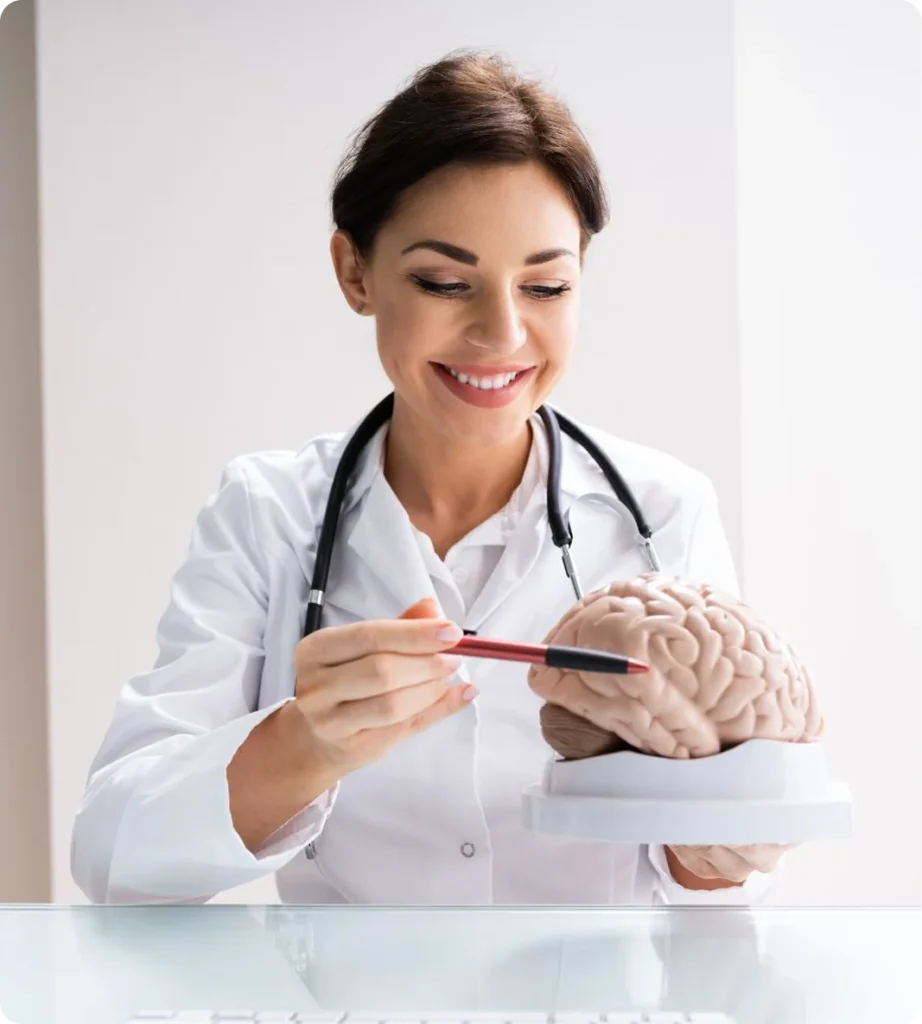
Common Signs & Symptoms of a Brain Stroke
Time is MOST crucial in treating brain stroke and recognizing the early signs.
Here are the most common stroke symptoms to watch for:
Weakness or numbness in the face, arm, or leg — especially on one side of the body
speech
Difficulty understanding what others are saying
one or both eyes
Loss of balance, dizziness, or lack of coordination
known cause
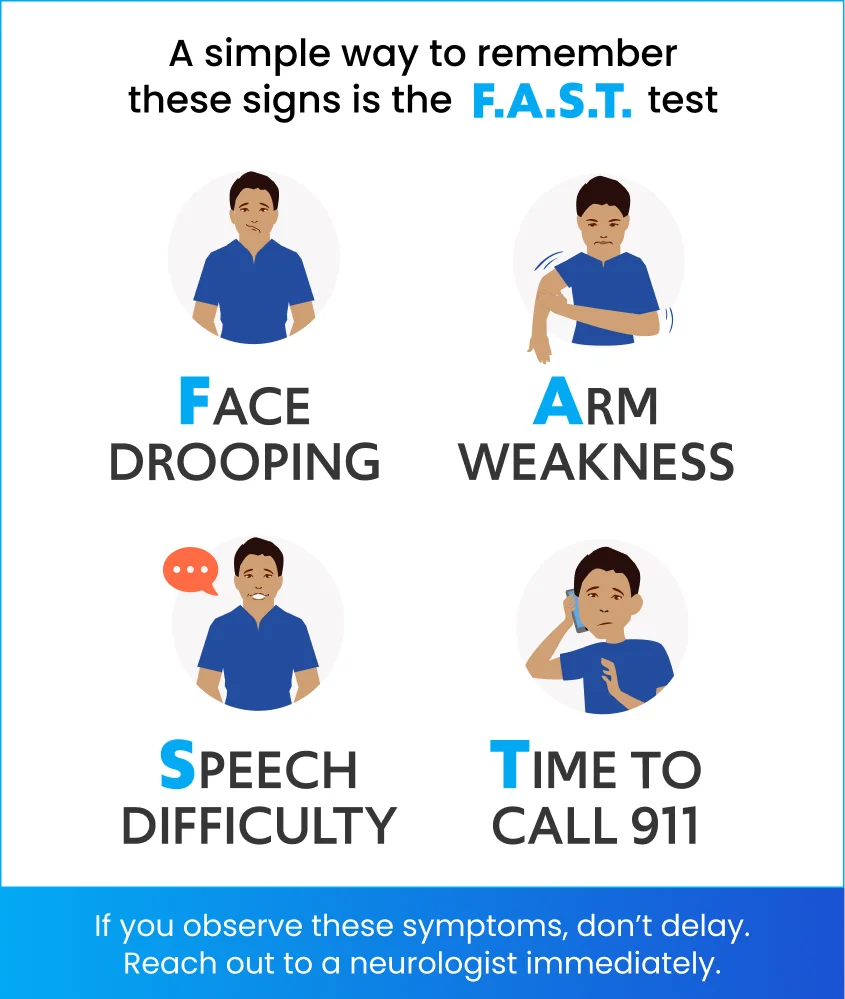
Why a Neurologist Like Dr. Shishir Pandey?
As a neurologist, Dr. Shishir Pandey has expertise in managing stroke symptoms. He offers prompt and evidence-based brain stroke treatment in Delhi.
He assesses your condition using:
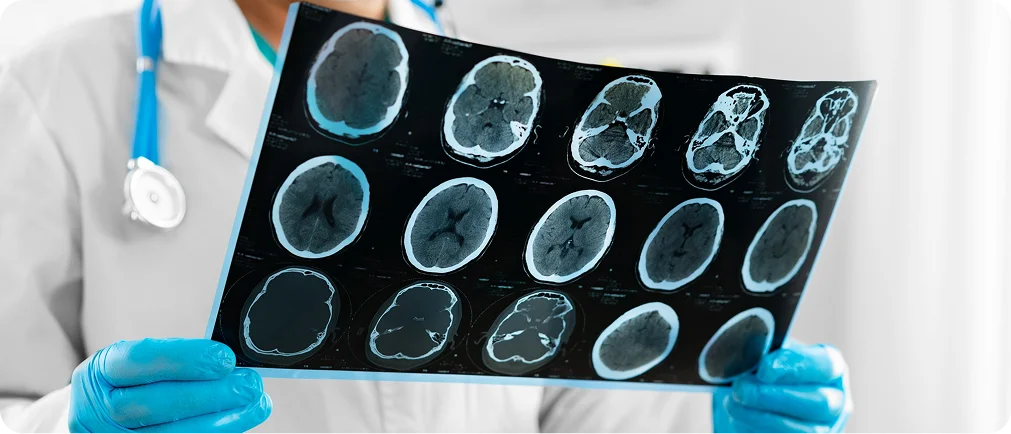
Neuroimaging scans (MRI/CT scans)
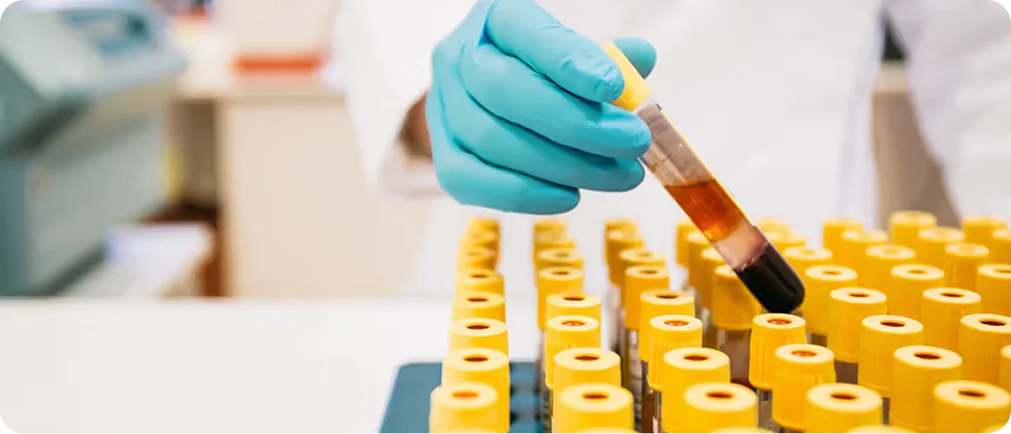
Blood tests and clinical evaluation
Delayed treatment can result in a permanent disability. Acting fast is very much essential for a brain stroke.
Types of Stroke Treated by Dr. Shishir Pandey
Not all strokes are the same — and that’s why expert diagnosis by a neurologist is so important. At his clinic in Delhi, Dr. Shishir Pandey treats all major types of brain strokes using non-surgical, evidence-based approaches tailored to each patient.
Ischemic Stroke (Clot-Related Stroke)
The most common type is caused by a blocked blood vessel in the brain. This type of stroke is treated with clot-dissolving medications and blood thinners to restore circulation.
Ischemic Stroke (Clot-related)
- Most common type
- Caused by a blocked blood vessel
- Usually painless
Patients may experience:
- Sudden weakness or numbness (usually on one side)
- Slurred speech or trouble understanding
- Dizziness or loss of balance
- Vision changes
- Feeling mentally “foggy” but often still conscious.
Hemorrhagic Stroke (Bleeding in the Brain)
Occurs when a blood vessel bursts, leading to bleeding within or around the brain. It requires careful management of blood pressure, intracranial pressure, and supportive care.
Hemorrhagic Stroke (Bleed in the brain)
- Less common, but often more severe
- Caused by a burst blood vessel
- Often painful and dramatic
Patients may experience:
- Explosive headache (the worst of their life)
- Nausea, vomiting
- Loss of consciousness
- Seizures or stiff neck
- Sudden weakness with confusion or collapse
Transient Ischemic Attack (TIA or Mini-Stroke)
A temporary blockage that lasts a few minutes or hours. Though symptoms may go away, a TIA is a serious warning sign of a possible major stroke in the future, and needs immediate evaluation.
Transient Ischemic Attack (TIA)
- Often called a mini-stroke
- Symptoms appear suddenly and disappear within minutes to hours
Patients may experience:
- Temporary slurred speech or weakness
- Vision trouble
- Numbness or imbalance
- It feels like it’s “over” quickly, but it's a serious warning sign.
For patients who’ve had a stroke before, Dr. Pandey focuses on stroke prevention and long-term care to reduce the risk of recurrence.
No matter the type of stroke, early and accurate treatment by a neurologist can greatly improve recovery outcomes and minimise long-term brain damage.
How Dr. Shishir Pandey Treats Stroke Patients
When it comes to brain stroke treatment in Delhi, Dr. Shishir Pandey follows a timely, systematic, and personalized approach — focused on stabilizing the patient, preventing further brain damage, and guiding recovery.
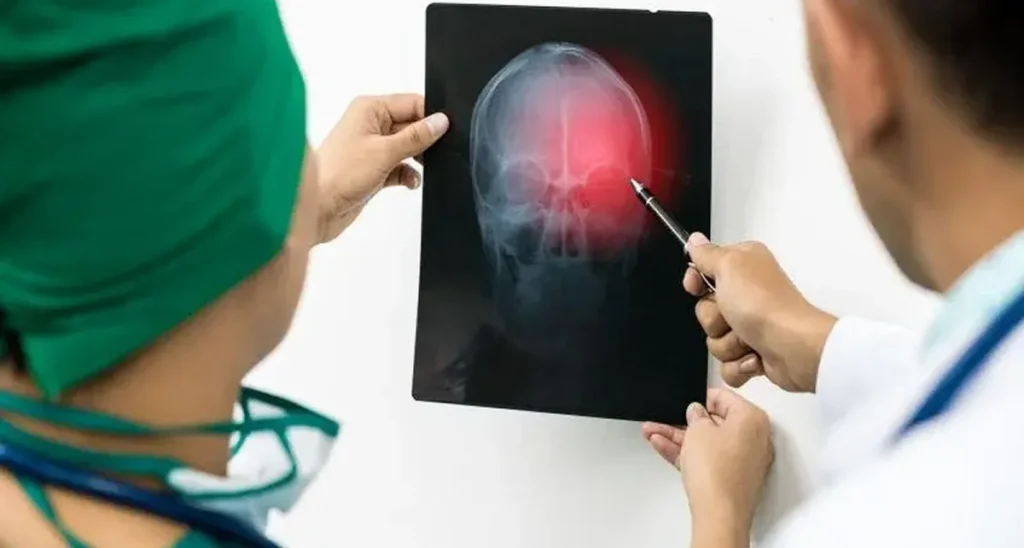
Immediate Assessment & Diagnosis
Using clinical evaluation and brain imaging (MRI/CT), Dr. Pandey identifies the type and location of the stroke. Quick and accurate diagnosis is crucial to decide the right line of treatment.
Acute Medical Management
For ischemic strokes, he may recommend:
- Clot-dissolving medicines (if within the critical window period)
- Blood thinners (antiplatelet or anticoagulants)
- IV fluids, oxygen therapy, and blood pressure control
For hemorrhagic strokes, treatment focuses on:
- Reducing bleeding and brain swelling
- Controlling blood pressure
- Supportive neurocritical care
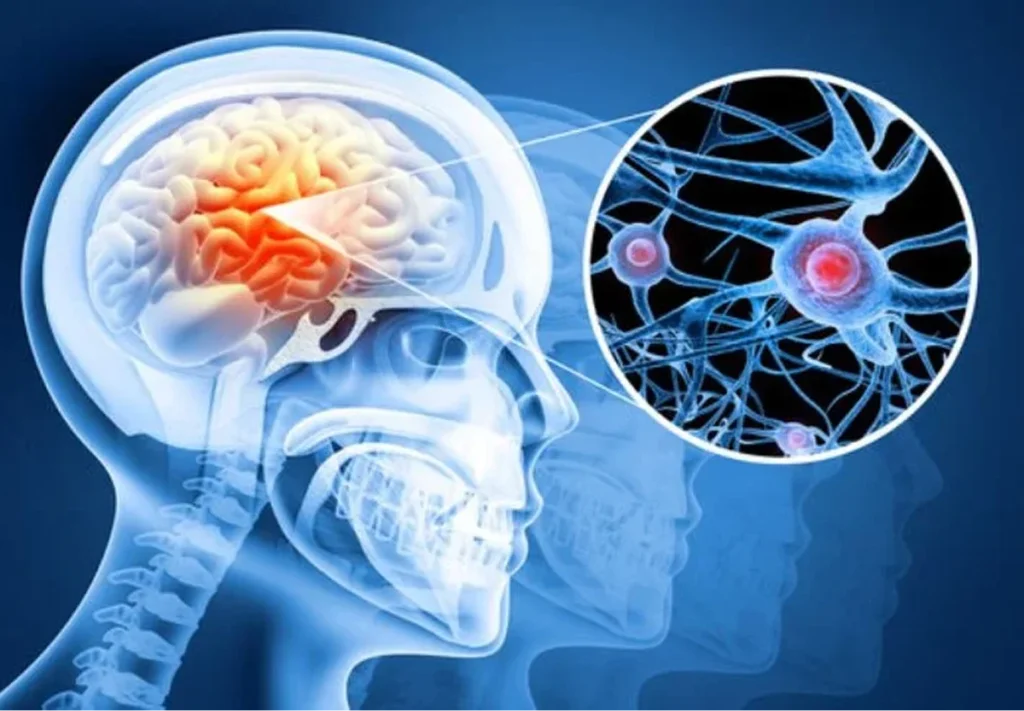
Prevention of Complications
Dr. Pandey closely monitors for:
- Brain swelling
- Seizures
- Breathing or swallowing issues
- Secondary infections or heart complications
Stroke Recovery & Rehabilitation Guidance
Recovery doesn’t stop at the hospital. Dr. Pandey collaborates with physiotherapists, speech therapists, and occupational therapists to help patients:
- Regain movement and strength
- Improve speech and swallowing.
- Rebuild independence and confidence.

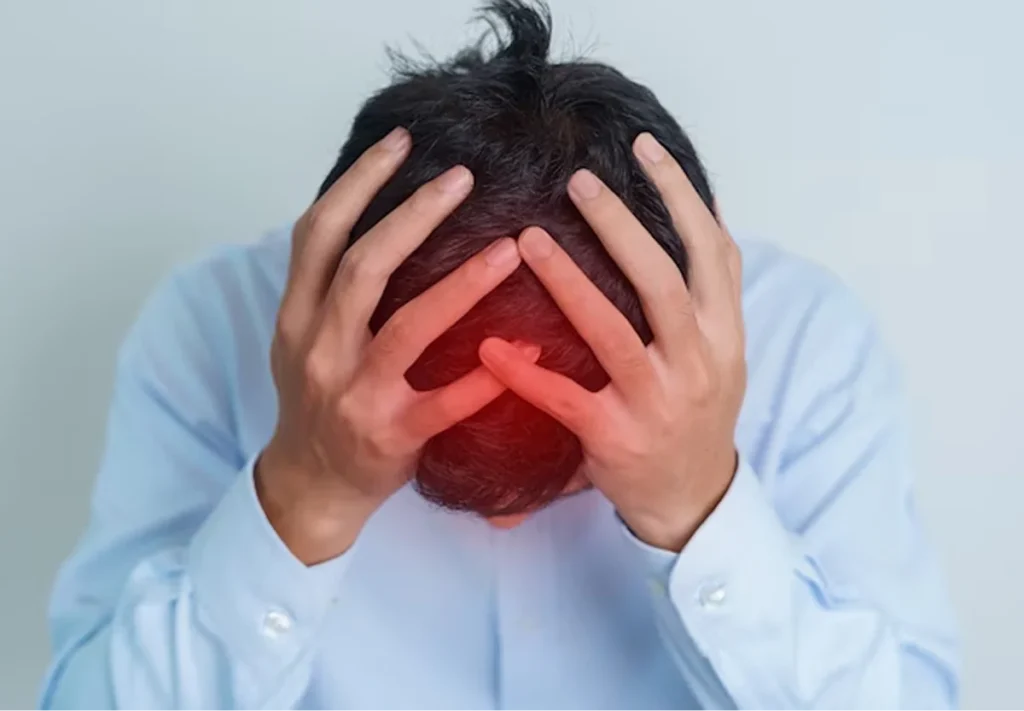
Long-term Stroke Prevention
To reduce the risk of future strokes, Dr. Pandey helps patients manage:
- Blood pressure, diabetes, and cholesterol
- Lifestyle changes (diet, smoking cessation, exercise)
- Regular follow-ups and medication review
Recovery & Life After a Stroke
A stroke may feel like the end of the road — but with the right care, it can be the beginning of recovery. At Dr. Shishir Pandey’s clinic in Delhi, stroke care doesn’t stop at emergency treatment. He works closely with patients to support their healing journey every step of the way.
What Does Recovery Look Like?
Recovery after a stroke depends on:
- The type and severity of the stroke
- How quickly treatment was started
- The area of the brain affected.
- The patient’s age and overall health
Some people may recover quickly, while others need long-term support. But with proper guidance, improvement is always possible.
A Message to Stroke Survivors & Families
Recovery can be slow, but it is possible. Every small step counts. With expert neurological care and the right rehab support, many stroke patients regain their independence and quality of life.
Dr. Pandey’s Approach to Stroke Recovery
Neurological Monitoring
Regular check-ups to track brain function and detect early signs of complications
Medication Management
To control blood pressure, cholesterol, sugar, and prevent future strokes
Rehabilitation Support
Referrals and coordination with trusted physiotherapists, speech therapists, and occupational therapists
Lifestyle Guidance
Diet, exercise, smoking cessation, and stress management advice tailored to each patient
Family Education
Empowering caregivers with knowledge and confidence to assist at home
Testimonials
Hear From The Patients Who Have Opted For Our Services
Trustindex verifies that the original source of the review is Google. Trustindex verifies that the original source of the review is Google. I had the privilege of consulting with Dr. Shishir Pandey, and I can confidently say that he is one of the most exceptional neurologists I have ever encountered. From the moment I stepped into his office, I felt welcomed and at ease. Dr. Pandey's warm demeanor and genuine concern for his patients are truly remarkable. Dr. Pandey's extensive knowledge and expertise in neurology were evident throughout my consultation. He took the time to thoroughly explain my condition, answer all my questions, and address any concerns I had. His ability to simplify complex medical information made me feel informed and empowered about my health.Trustindex verifies that the original source of the review is Google. Excellent service!Trustindex verifies that the original source of the review is Google. Trustindex verifies that the original source of the review is Google. Trustindex verifies that the original source of the review is Google. Trustindex verifies that the original source of the review is Google. Trustindex verifies that the original source of the review is Google. Trustindex verifies that the original source of the review is Google. Trustindex verifies that the original source of the review is Google.
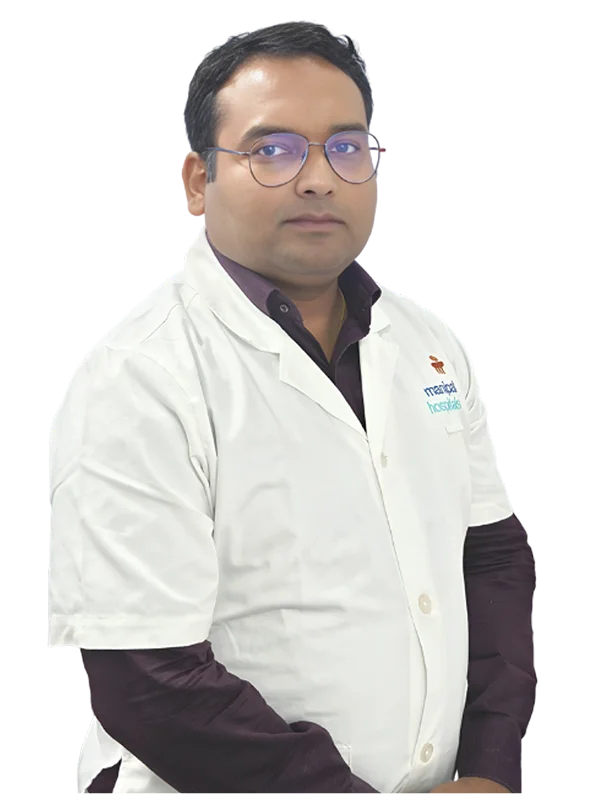
Take Action Today Don’t Wait on Stroke Symptoms
If you or a loved one is experiencing signs of a stroke, time is critical.
Contact Dr. Shishir Pandey
Expert Neurologist for Brain Stroke Treatment in Delhi
FAQs About Stroke Treatment by a Neurologist
Not all strokes require surgery. Most strokes are treated medically, especially ischemic strokes, which are caused by blood clots. Neurologists like Dr. Shishir Pandey can often treat these with clot-busting medications, blood thinners, and supportive care.
Only certain cases of hemorrhagic stroke or severe complications may require surgical intervention, and in those situations, Dr. Pandey refers patients to a neurosurgeon for specialized procedures.
Neurological disorders can present with various early signs, including persistent headaches, sudden vision changes, unexplained numbness or tingling, difficulty walking, and memory problems. Recognizing these symptoms early can lead to timely intervention.
Neurological disorders can present with various early signs, including persistent headaches, sudden vision changes, unexplained numbness or tingling, difficulty walking, and memory problems. Recognizing these symptoms early can lead to timely intervention.
Neurological disorders can present with various early signs, including persistent headaches, sudden vision changes, unexplained numbness or tingling, difficulty walking, and memory problems. Recognizing these symptoms early can lead to timely intervention.
